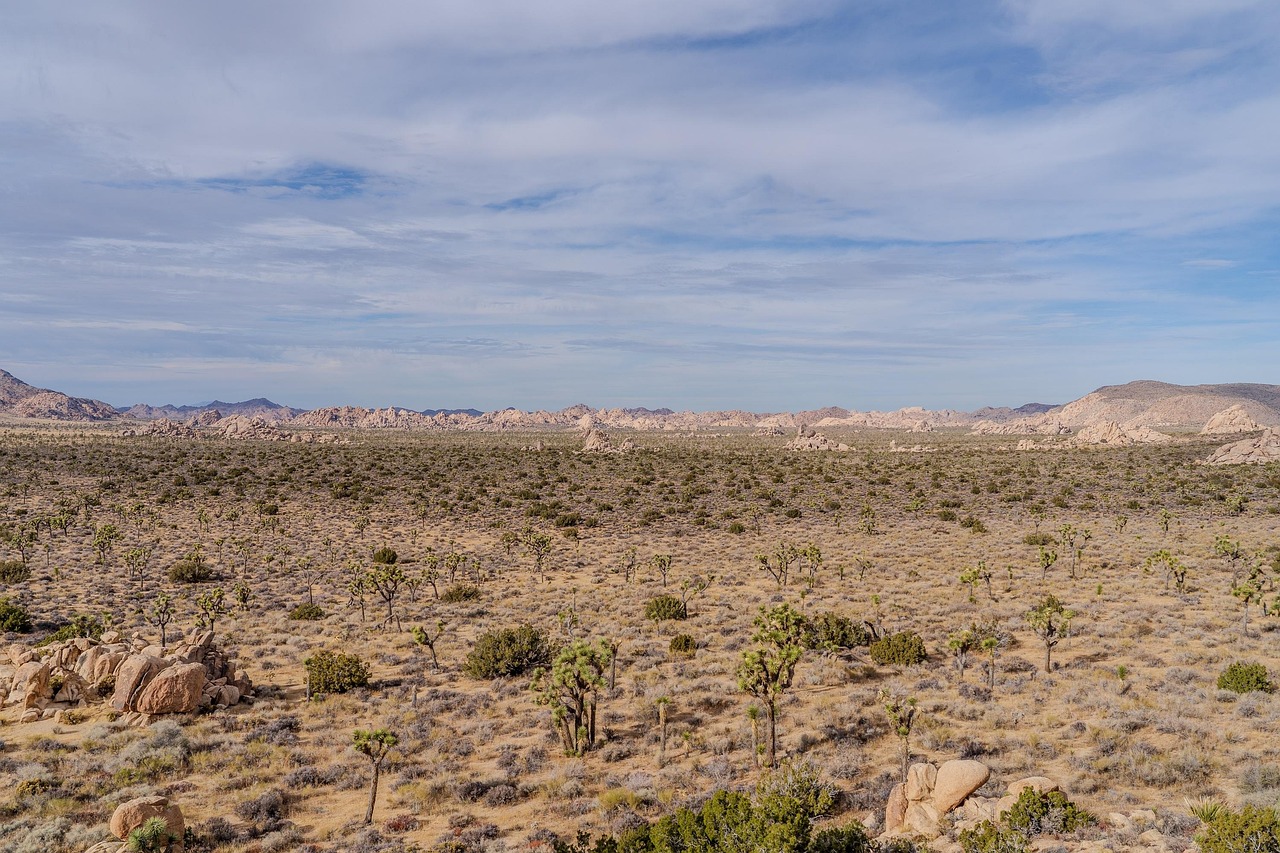
Plastic bottles, made of polymers (polyethylene terephthalate, PET), are part of our daily lives, but, unfortunately, they often end up in our terrestrial environment. The plastic structures decay and over time transform into microplastic, which travels through and mixes with our environment, infusing it with metals and chemicals which are toxic to many organisms.
The difference in density between freshwater and salt water can be used to separate pieces of plastic and microplastic from the surrounding soil.
Collect approximately 1 liter of soil. Prepare 5 liters of saturated salt water and mix it with the soil. Leave it for a few hours and observe.
Take a spoonful of the mix from the surface of the water. Then, place it onto a petri dish and study under a stereomicroscope. Repeat using a UV lamp. (Attention: Do not look directly at the UV light).
Count the pieces of plastic and repeat the same process a few times.

This Worksheet is part of the Quartely Problem Series. For more quartely problems and other classroom materials, click here.
Picture Source: by Nick_the_Photographer on Pixabay
CC-BY-NC-SA 4.0 licence granted
Content-related competences
